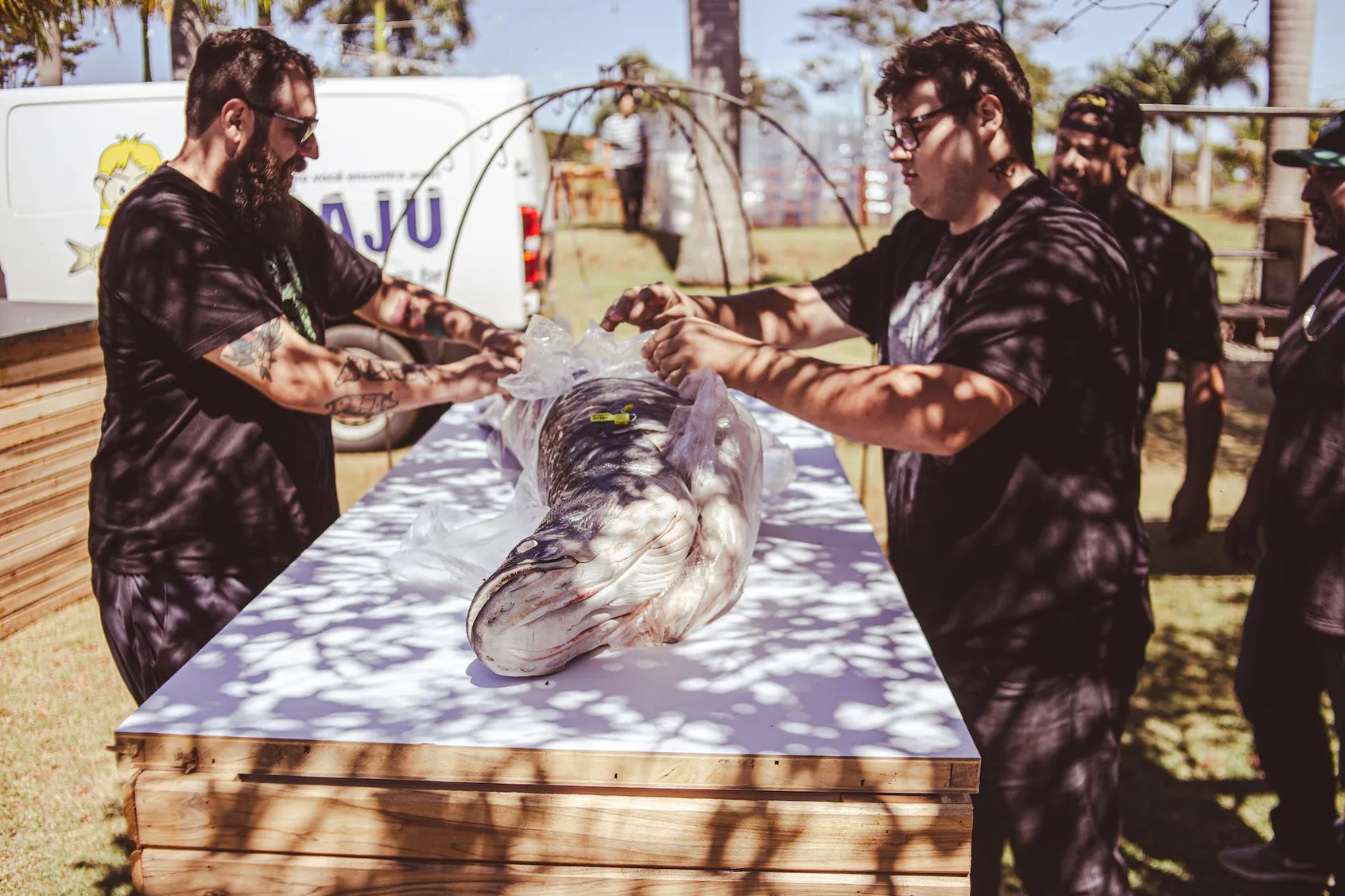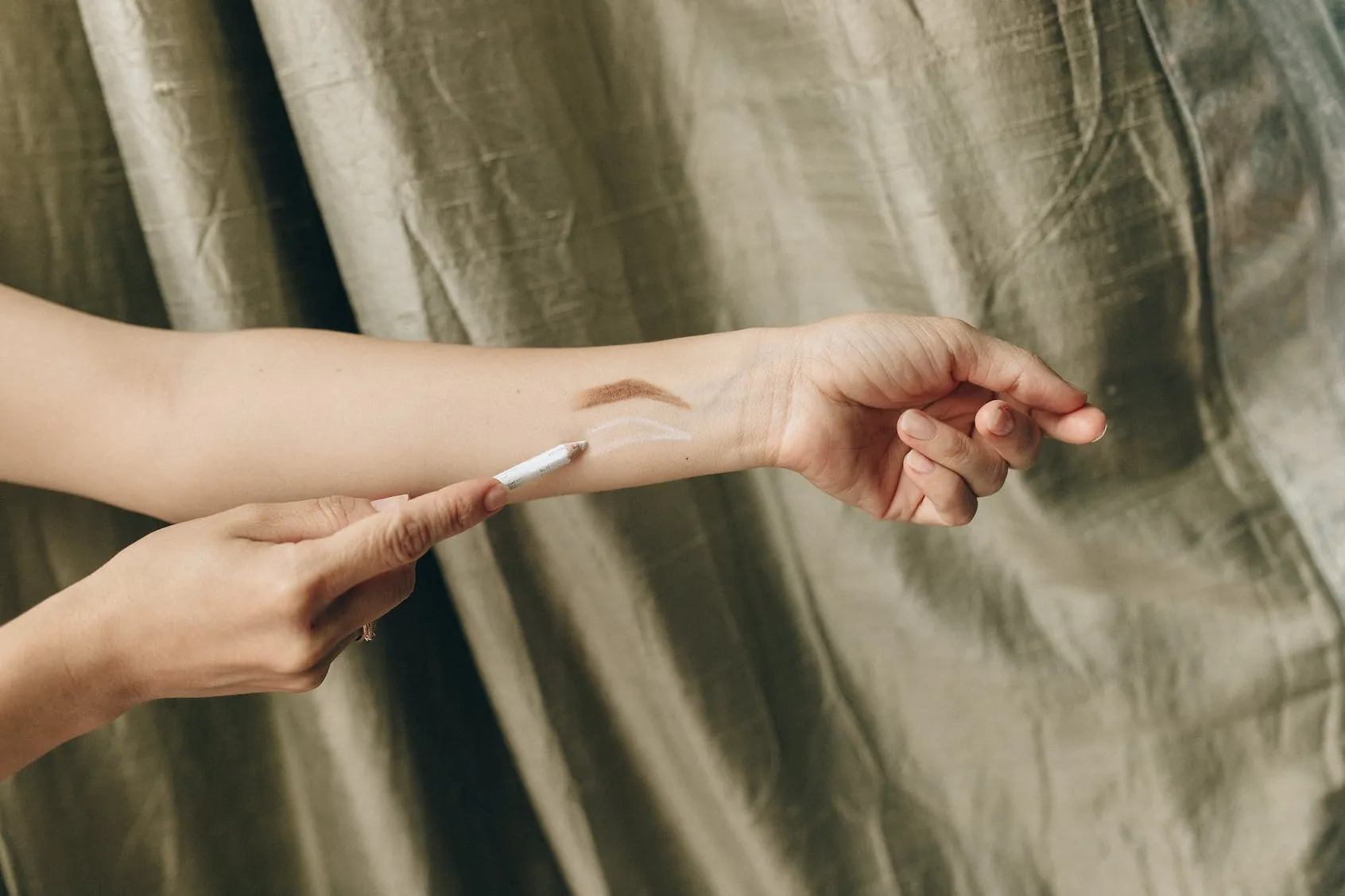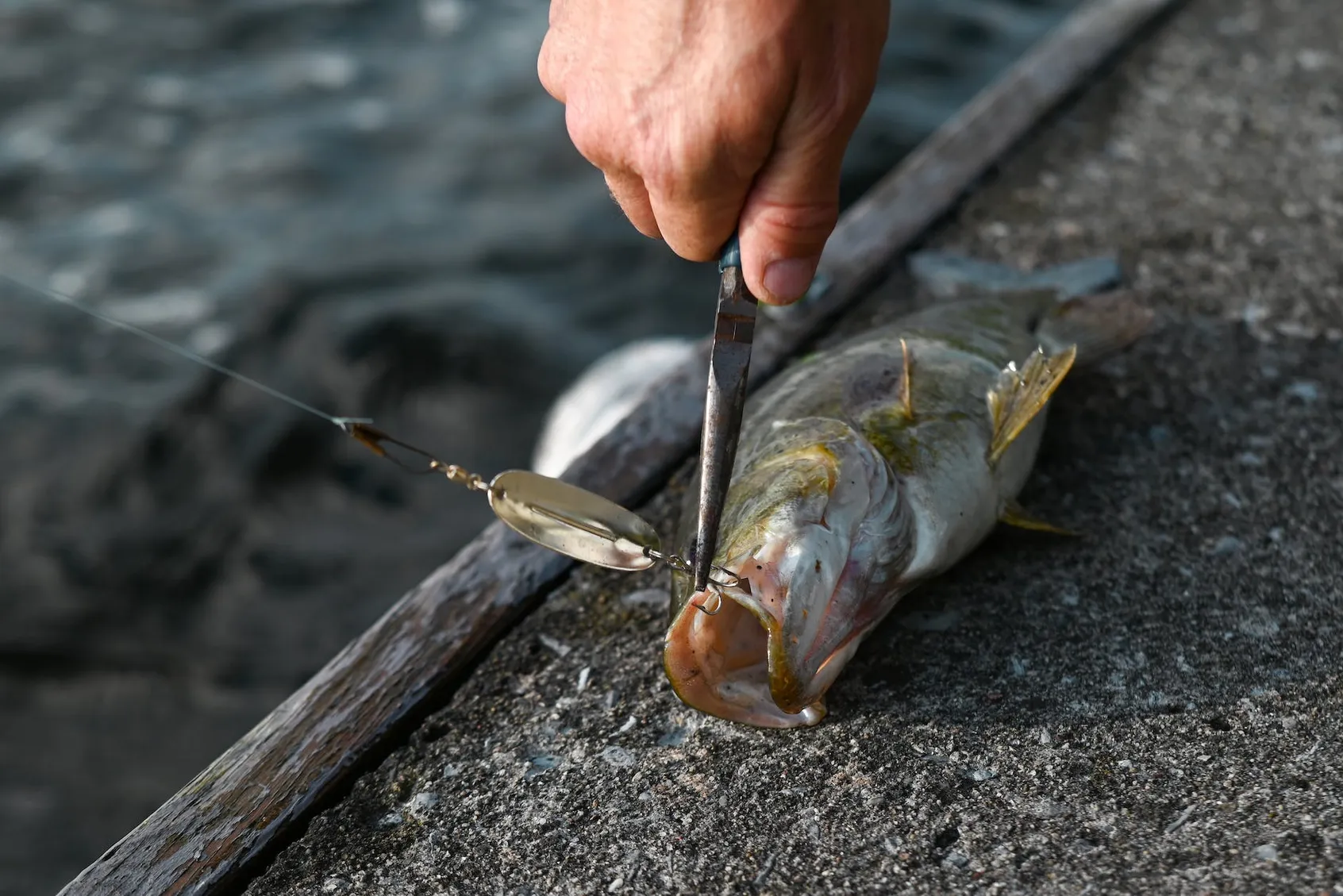Removing the paddle from a KitchenAid mixer can be challenging, but it can be done quickly and easily with the right tools and instructions.
In this article, we will provide step-by-step instructions on how to remove the paddle from the KitchenAid mixer in a few simple steps. With the right tools, it is possible to safely and easily remove the paddle from any KitchenAid mixer model.
How To Remove Paddle From KitchenAid Mixer?
Removing the paddle from a KitchenAid mixer can seem daunting, but it is very easy. All you need is a flat-head screwdriver and a few minutes of your time. Here’s a step-by-step guide on how to remove the paddle from a KitchenAid mixer.
First, unplug the mixer from the wall socket and turn it off completely. Then, locate the attachment hub located on the side of the mixer. On the back side of the hub, you will see two to three screws that hold the paddle in place. Using the flat-head screwdriver, carefully unscrew the screws and set them aside.
Once the screws are removed, you can easily remove the paddle from the mixer. Grasp the paddle by its plastic handle and pull it away from the mixer. If stuck, gently wiggle it back and forth until it comes free.
Now that the paddle is removed, you can clean it or replace it with a different attachment. To re-attach the paddle, simply reverse the steps outlined above. Place the paddle in the mixer’s attachment hub, then use the screwdriver to screw the screws back in. Ensure the screws are tightened but not over-tightened, as this can damage the mixer.
Removing and re-attaching the paddle from a KitchenAid mixer is a simple process that can be done in a few minutes. With the right tools and a little patience, anyone can do it. So if you ever need to remove or replace the paddle from your mixer, just follow the steps outlined above, and you’ll be ready.

Benefits Of Removing The Paddle From A KitchenAid Mixer
There are several benefits to removing the paddle from a KitchenAid mixer:
- Easy cleaning: Removing the paddle makes it easier to clean the mixer thoroughly, as you can access all the nooks and crannies without any obstruction.
- Better mixing results: Some recipes require different attachments, like the whisk or dough hook, for better mixing results. Removing the paddle can help you quickly switch to the appropriate attachment, resulting in better results.
- Space-saving: If you have limited counter space, removing the paddle from your KitchenAid mixer can help you save some space, making it easier to store the mixer when not in use.
Step-By-Step Instructions For Removing The Paddle From A KitchenAid Mixer
Removing the paddle from a KitchenAid mixer is a simple process and can be done with just a few steps. Here’s a step-by-step guide:
- Step 1: Ensure the mixer is turned off and unplugged from the power outlet.
- Step 2: Lift the mixer’s head and tilt it back so the beater faces upward.
- Step 3: Locate the pin at the base of the beater shaft. This pin is located in the middle of the shaft and is about the size of a pencil.
- Step 4: Use a small screwdriver or similar tool to gently push the pin out of the shaft. This may take effort, but be gentle to avoid damaging the pin.
- Step 5: You can easily lift the paddle off the beater shaft once the pin is out.
- Step 6: To reattach the paddle, simply slide it onto the beater shaft and push the pin back into place.
Choosing The Right Tool For Removing The Paddle From A KitchenAid Mixer
Removing the paddle from a KitchenAid mixer can be tricky if you need to know the right tool to use. While removing the paddle with everyday items is possible, using the right tool is much simpler. The paddle can be removed quickly and easily when you have the right tool.
The tool to use when removing the paddle from a KitchenAid mixer is a 7/16-inch hex-head wrench. This is a specialty tool, so you may need to purchase one if you still need to get one in your toolbox. The wrench should fit snugly into the hex head of the paddle and provide the leverage necessary to loosen the paddle.
Once you have the wrench, you’ll need to use it to loosen the paddle. To do this, turn the wrench counter-clockwise until the paddle is loose enough to be removed. Loosening the paddle may take some effort, so apply steady, even pressure. Once the paddle is loose, it can be removed from the mixer.
You can use adjustable pliers to remove the paddle if you don’t have a 7/16-inch hex-head wrench. Be sure to use pliers wide enough to fit around the paddle but not so wide that they cannot get a good grip. To use the pliers, grip the paddle firmly and turn counter-clockwise until the paddle is loose enough to be removed.
Cleaning And Storing The Paddle After Removal From A KitchenAid Mixer
After removing the paddle from your KitchenAid mixer, it’s important to clean and store it properly to ensure its longevity. Here’s how:
- Clean the paddle: Use warm soapy water to clean the paddle thoroughly. Avoid using abrasive cleaners or scrubbers, as these can damage the surface of the paddle.
- Rinse and dry: Rinse the paddle with clean water and dry it with a clean towel. Make sure the paddle is completely dry before storing it.
- Store the paddle: Store the paddle in a dry, cool place away from direct sunlight. Place it in a drawer or hang it up using a hook or peg. Be careful not to store heavy items on top of it as this can cause it to deform.
Troubleshooting Common Issues With Removing The Paddle From A KitchenAid Mixer
Removing the paddle from a KitchenAid mixer can sometimes be tricky and frustrating. Here are a few common issues and troubleshooting tips to help you out:
- The paddle is stuck: If the paddle is stuck, try turning the mixer off and unplugging it. Gently wiggle the paddle back and forth while pulling it upwards to loosen it. If this still doesn’t work, chances are there’s a buildup in the attachment hub. Use a clean cloth or Q-tip to remove any debris or flour from the attachment hub, then try removing the paddle again.
- Paddle won’t release: If the paddle doesn’t release, ensure the mixer is turned off and unplugged. Use a flathead screwdriver to pry the paddle off gently. Be careful not to scratch the mixer or the paddle while doing this.
- The paddle release button is not working: If the paddle release button is not working, check for any buildup in the attachment hub. If there’s a buildup, clean it with a clean cloth or Q-tip. If this doesn’t work, the paddle release button may be broken. Contact KitchenAid customer service for further assistance.
- The paddle is damaged or worn out: If the paddle is damaged or worn out, it may be time to replace it. Check your mixer’s manual to find the appropriate replacement paddle for your model.

Tips For Avoiding Damage When Removing The Paddle From A KitchenAid Mixer
Removing the paddle from a KitchenAid mixer can be tricky, but there are several tips you can follow to avoid damaging the paddle or the mixer. Here are a few suggestions:
- Turn off the mixer before removing the paddle. This will ensure that the paddle is not moving and reduce the risk of damage.
- Use a light touch when removing the paddle. Avoid forcefully pulling or twisting the paddle, as this can damage the attachment or the mixer itself.
- Release the paddle carefully by gently pulling it away from the mixer. Avoid prying or pulling hard on the paddle, as this can bend or break it.
- Use the paddle removal tool with the mixer, if available. This tool is designed to safely and easily release attachments from the mixer without causing damage.
- Clean the paddle and mixer regularly to prevent food residue or debris buildup that can make removal more difficult. This will extend the life of both the attachment and the mixer.
Alternatives To Removing The Paddle From A KitchenAid Mixer
Removing the paddle from a KitchenAid mixer can be difficult, especially if the paddle has been in the bowl for a while. Although there are a few different ways to remove the paddle from the mixer, some alternatives can make the process easier.
One option is to use a rubber or plastic spatula or a wooden spoon to help loosen the paddle from the bowl. Another option is to use a pair of pliers to grip the paddle and gently twist it off. Finally, another alternative is using a flathead screwdriver to gently pry the paddle off the bowl.
Using a spatula or spoon to loosen the paddle from the bowl is the easiest option. Start by inserting the edge of the spatula or spoon into the gap between the paddle and the bowl. Then, gently twist the spatula or spoon to help loosen the paddle from the bowl. Once the paddle is loose, you can easily pull it out of the mixer.
If you need more leverage, you can use a pair of pliers to grip the paddle and twist it off. Start by gripping the paddle with the pliers, then gently twist until it pops off. Be careful not to twist too hard, or you may damage the paddle or the mixer.
Finally, if you still can’t get the paddle out, use a flathead screwdriver to pry it off. Start by inserting the flathead screwdriver into the gap between the paddle and the bowl, and then gently twist the screwdriver until the paddle pops off. As with the pliers, be sure not to twist too hard, or you may damage the paddle or the mixer.
Common Causes Of Difficulty When Removing The Paddle From A KitchenAid Mixer
There are a few common causes of difficulty when removing the paddle from a KitchenAid Mixer. Here are some possible reasons:
- The paddle is stuck due to overuse or overheating. If you’ve been using the mixer for a long time or if it has been overheating, it can cause the paddle to become stuck in the mixing bowl.
- The paddle is not properly aligned with the pin in the mixer. It can be difficult to remove if the paddle is slightly off-center or not aligned with the pin in the mixer.
- The paddle has become warped or bent over time. If the paddle has been used heavily or dropped, it can become warped or bent, making it more difficult to remove from the mixer.
To solve these issues, try letting the mixer cool down before attempting to remove the paddle, and make sure the paddle is properly aligned with the pin in the mixer. If the paddle is warped or bent, consider replacing it with a new one.
Using A Paddle-Less KitchenAid Mixer
Using a paddle-less KitchenAid mixer is simple and easy. Here are the steps to follow:
- Ensure you have the right attachment: KitchenAid mixers usually come with three types of attachments – the paddle, the whisk, and the dough hook. For paddle-less mixing, you must use the whisk or dough hook attachment.
- Choose the right speed: Depending on the recipe you’re making, choose the right speed for your attachment. The whisk is great for mixing liquids and soft ingredients, while the dough hook is good for kneading dough and tougher ingredients.
- Attach the whisk or dough hook: Simply attach it to the mixer head by inserting it into the designated slot and locking it in place.
- Start mixing: Once you’ve attached the appropriate attachment, turn on the mixer and mix your ingredients per your recipe.
- Monitor the mixing process: Keep an eye on the mixer to ensure the ingredients mix evenly and that the attachment does its job properly.
Maintenance Tips For Keeping Your KitchenAid Mixer In Good Working Condition
Here are a few maintenance tips to keep your KitchenAid Mixer in good working condition:
- Keep it clean: Wipe the mixer with a damp cloth after each use to remove any food particles or spills. Don’t forget to clean the attachments too.
- Oil the moving parts: Regularly lubricate the moving parts of the mixer to ensure smooth operation. Use food-grade oil or grease for this purpose.
- Check the attachments: Inspect the attachments for signs of wear and tear. Replace any worn-out attachments promptly.
- Store it properly: When not in use, store your KitchenAid mixer in a dry and cool place to prevent any damage to its parts.
- Handle with care: Avoid dropping or mishandling the mixer, which can cause internal damage to its motor or gears.

Can’t Remove Beater From KitchenAid Mixer
If you’re struggling to remove the beater from your KitchenAid mixer, don’t worry – this is a common problem many KitchenAid users experience. Here are a few tips that can help you remove the beater:
- Ensure the mixer is turned off and unplugged before removing the beater.
- Tap the beater gently with a wooden spoon or rubber mallet to help loosen it.
- Use a small amount of vegetable oil or cooking spray to lubricate the area around the beater, making removing it easier.
- If the beater is still stuck, use a pair of pliers or a wrench to twist and loosen it gently.
It’s important to remember not to use excessive force when trying to remove the beater, as this can damage the mixer or the accessory itself. If you still need help, consider contacting KitchenAid customer service for assistance.
How To Remove Beaters From Hand Mixer?
Removing the beaters from a hand mixer is a relatively simple task but can become tricky if you’re unfamiliar with the process.
The first step is to unplug the mixer from the power outlet. This is an important safety step to ensure that the mixer is not turned on when attempting to remove the beaters.
Once the mixer is unplugged, you must locate the release mechanism. This is usually located near the mixer’s base and looks like a small lever or button. Depending on the type of mixer, you may need to push the lever or button to release the beaters.
Once the lever or button is released, the beaters will be free from the mixer. Holding the mixer in one hand and the beaters in the other, you can carefully pull the beaters away from the mixer.
If the beaters seem stuck in the mixer, you can gently use a flathead screwdriver to pry them out. Being gentle when doing this is important, as too much pressure can damage the beaters or the mixer.
Once the beaters are removed, you can clean them with warm, soapy water and a non-abrasive cloth. This will help to remove any food or residue that may have been collected on the beaters during use. After the beaters are clean and dry, they can be stored in a drawer or cabinet until needed.
How To Remove Bowl From KitchenAid Professional Mixer?
Removing the bowl from a KitchenAid Professional Mixer may seem tricky initially, but it can become quite easy with practice. Here are some steps to follow:
- Turn off and unplug the mixer.
- Lifting the mixer head raises the beater, whisk, or hook to its highest position.
- Twist the bowl counterclockwise to unlock it from the base.
- Tilt the bowl towards you and lift it off the base.
If you still have trouble removing the bowl, try wiggling it slightly while twisting or applying a bit of pressure to the base of the bowl. It’s important to be patient and gentle to avoid damaging the mixer or the bowl.
How To Remove KitchenAid Attachment?
Removing a KitchenAid attachment can be tricky if you’re unfamiliar with the process. Here are the steps to follow:
- Turn off and unplug the KitchenAid mixer. This is important to prevent any accidents while removing the attachment.
- Tilt the mixer head back by lifting the head lever. This will give you access to the attachment hub.
- Twist the attachment counterclockwise to remove it from the hub. Hold the attachment with one hand and turn it opposite the arrow on the hub until it comes loose.
- Gently pull the attachment out of the hub. If it’s stuck, twist it until it comes off.
- Clean the attachment and the hub with warm soapy water before attaching a new accessory.
KitchenAid Mixer Beater Shaft Pin Stuck
If your KitchenAid mixer beater shaft pin is stuck, there are a few things you can try to fix it. Here are some tips:
- Turn off the mixer and unplug it to ensure your safety.
- Tap the pin out gently with a small hammer and punch. Make sure you don’t hit the mixer too hard and damage it.
- If the pin still doesn’t come out, try heating it with a hair dryer or heat gun. The heat may help to loosen the pin.
- If none of these methods work, you may need to take your mixer to a professional repair shop to fix it.
Conclusion
In conclusion, removing the paddle from a KitchenAid mixer is relatively easy. All you need is a flathead screwdriver, a pair of pliers, and a few minutes of your time. Use the screwdriver to loosen the screw from the paddle, then use the pliers to pull it off. With this method, you can easily maintain and store your KitchenAid mixer for years of use.
Frequently Asked Questions:
How do you take the paddle off a KitchenAid mixer?
First, lift the bowl off the mixer base to remove the paddle from a KitchenAid mixer. Then, grab the paddle from the top and bottom and twist it counterclockwise to loosen it from the mixer shaft. Finally, slide the paddle off the shaft.
How do I get the attachment off my KitchenAid mixer?
To remove the attachment from your KitchenAid mixer, turn off the mixer and unplug it from the wall. Next, press the attachment release button on the side of the mixer. The attachment should then come off easily.
How do I remove the roll pin from my KitchenAid mixer?
Firstly, you must locate the roll pin and ensure you have the correct tools for the job. You will likely need a pair of needle-nose pliers and a small punching tool. Once you have the correct tools, use the pliers to grip the roll pin and pull it out. If the pin is stuck, you may need to use the punching tool to tap it until it loosens and can be removed lightly.
How do I eject a mixer?
To eject a mixer, turn off the power and unplug the power cable from the wall outlet. Then, you must disconnect any attached cables or accessories and, if necessary, remove any screws holding the mixer in place. Finally, you can carefully lift the mixer from its mount or stand.
What type of paddle is compatible with a KitchenAid mixer?
The KitchenAid Flat Beater Paddle is compatible with most KitchenAid stand mixers.
How often should the paddle be replaced?
The frequency at which a paddle should be replaced depends on various factors, such as the type of game being played, the skill level of the players, and the amount of use the paddle receives. Generally, it is recommended that a paddle be replaced every 1-5 years or when it begins to show signs of wear and tear.
Is it easy to remove the paddle from the mixer?
Yes, it is easy to remove the paddle from the mixer. Most mixers have a simple release button or lever to disengage the paddle from the mixer easily.
Are there any safety precautions to be taken when removing the paddle?
Safety precautions must be taken when removing the paddle from a mixer. The mixer must be turned off and unplugged, and it’s recommended to wear gloves and a face mask. Follow the manufacturer’s instructions to avoid damaging the mixer or injuring yourself. Be cautious, as the paddle may be hot and cause burns.
